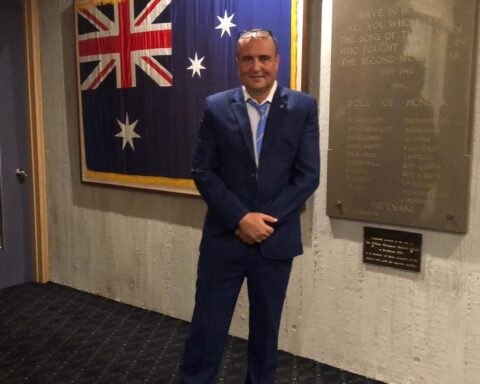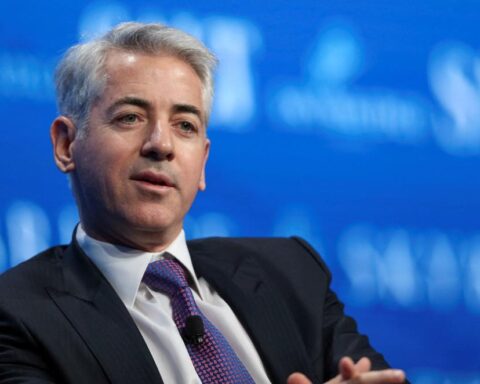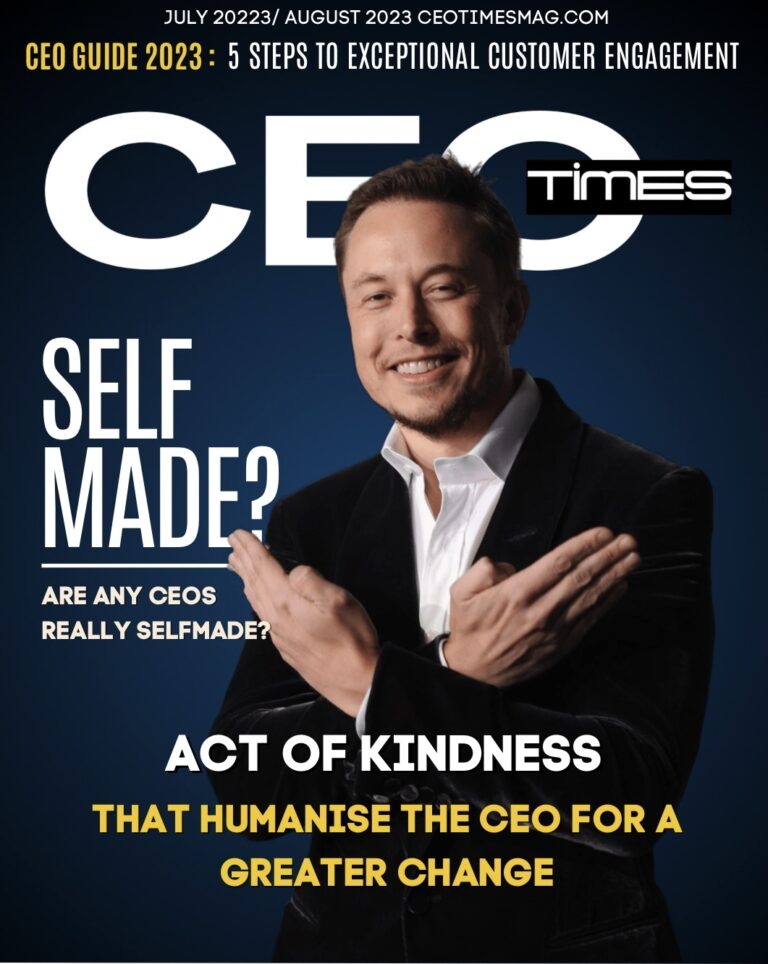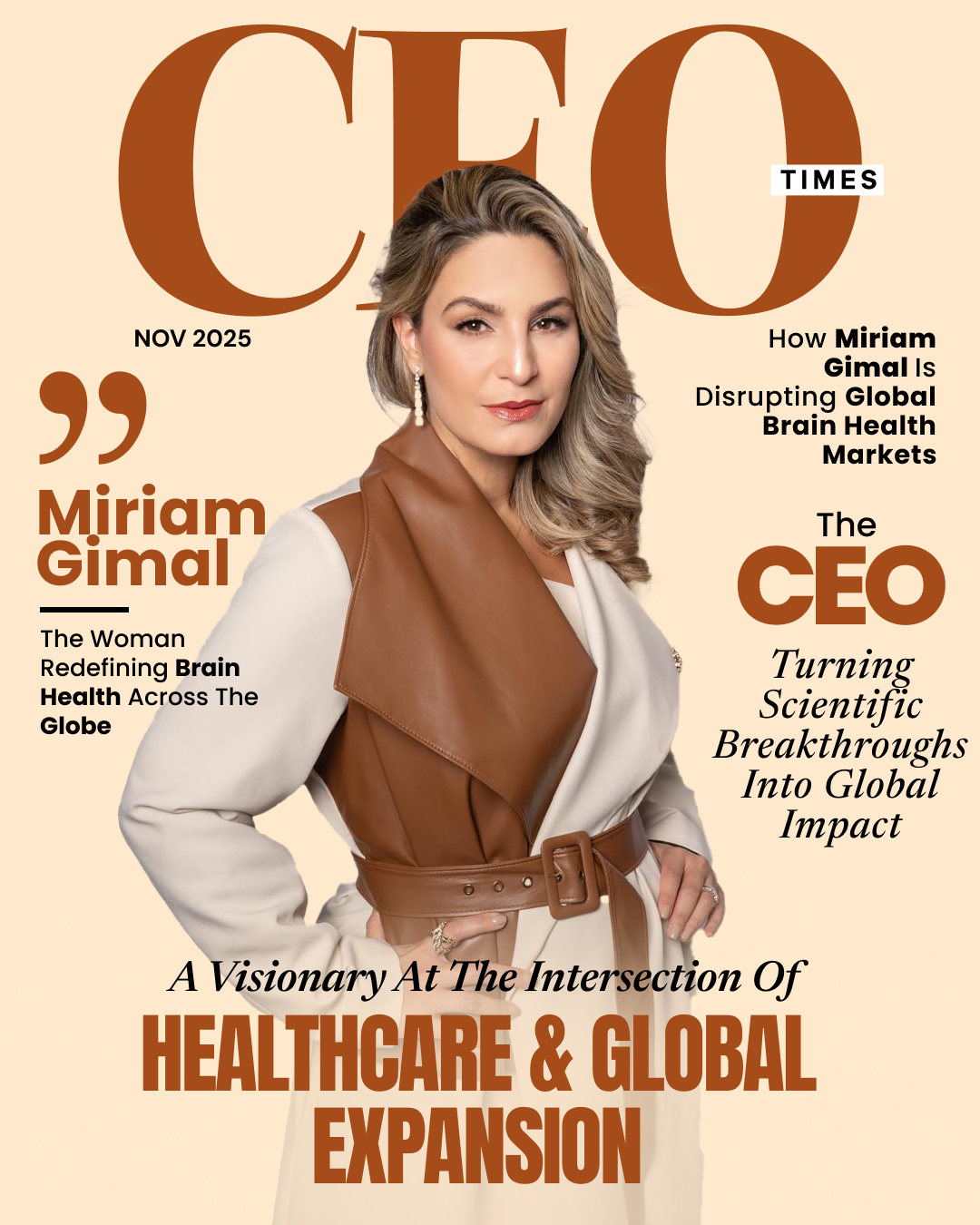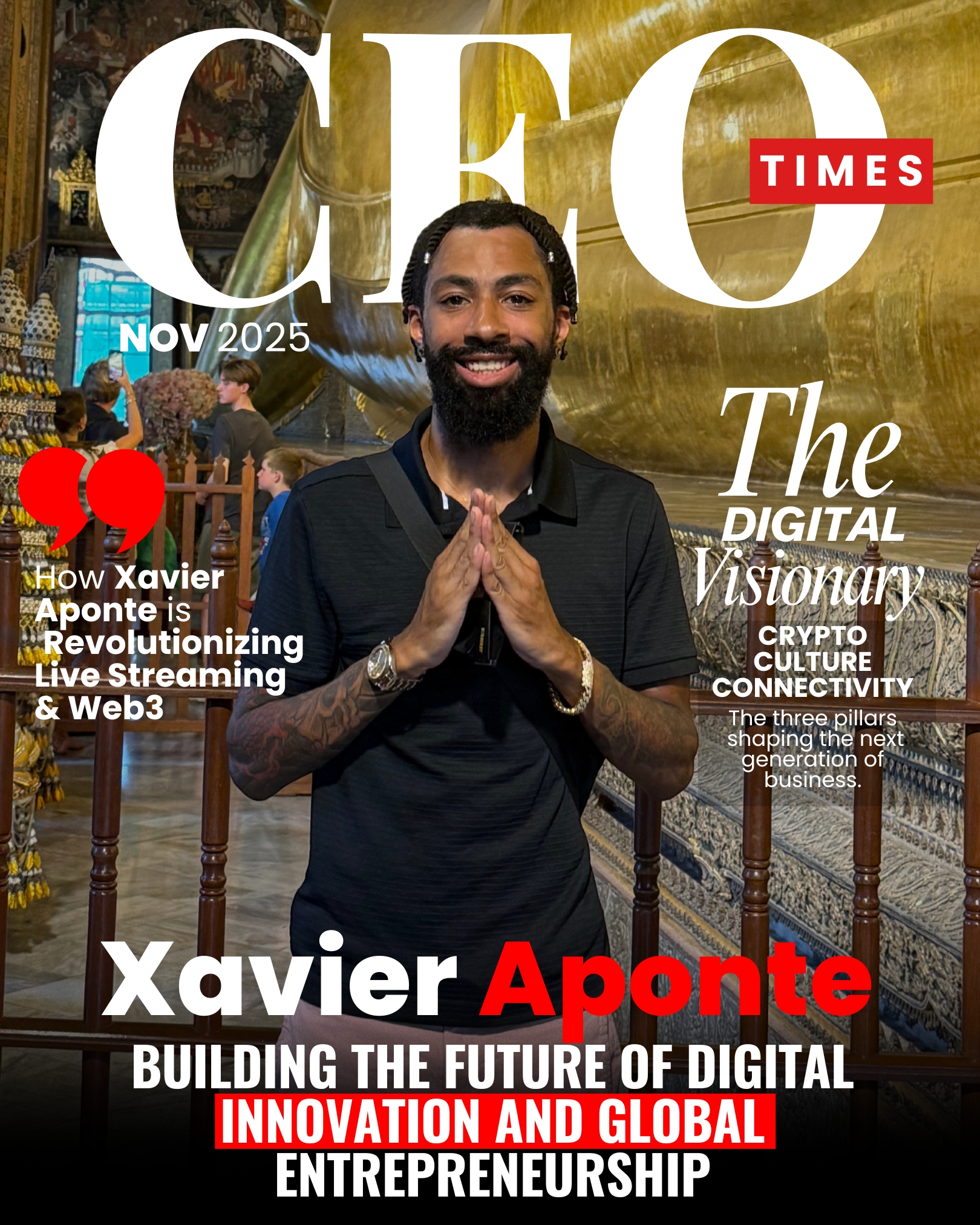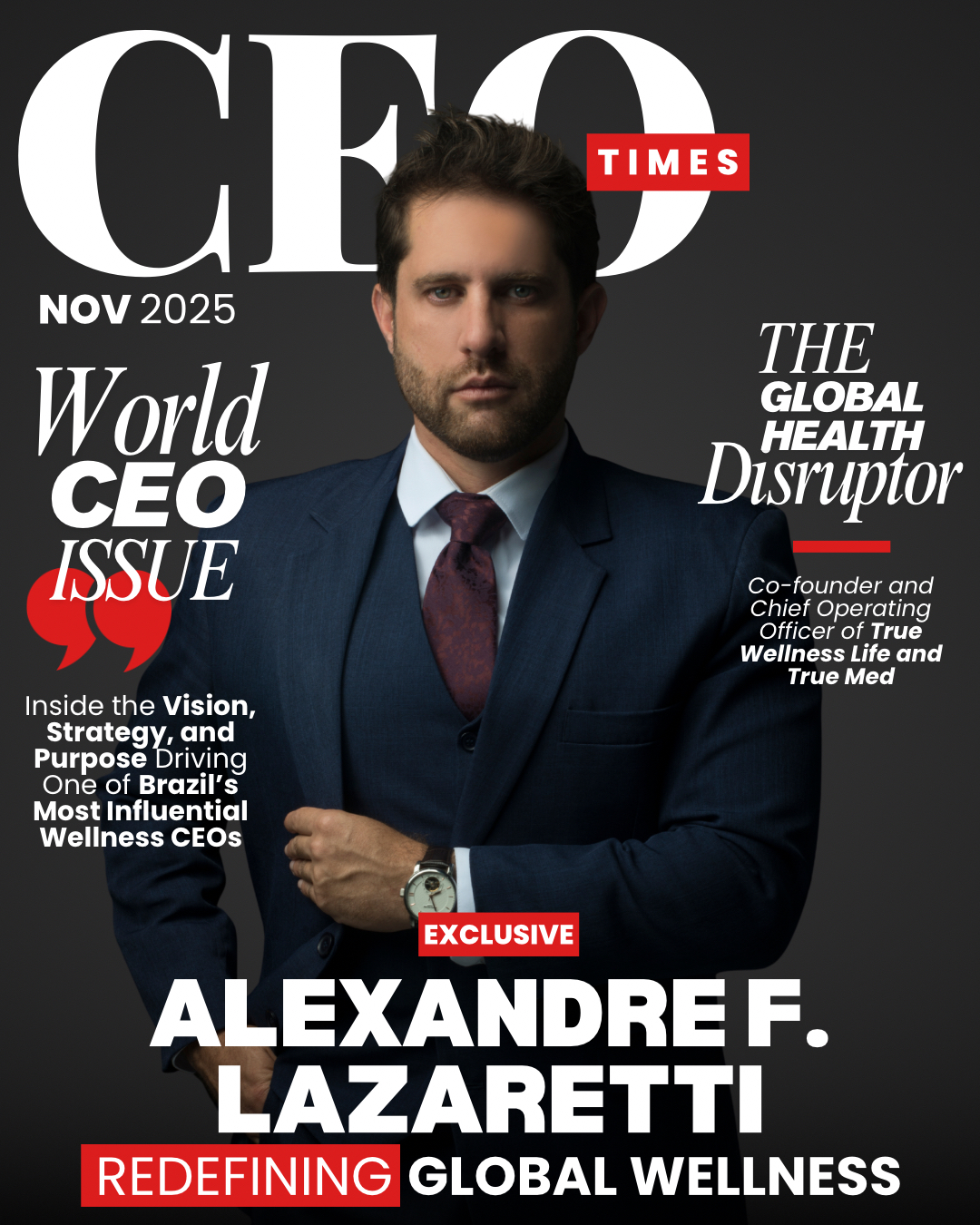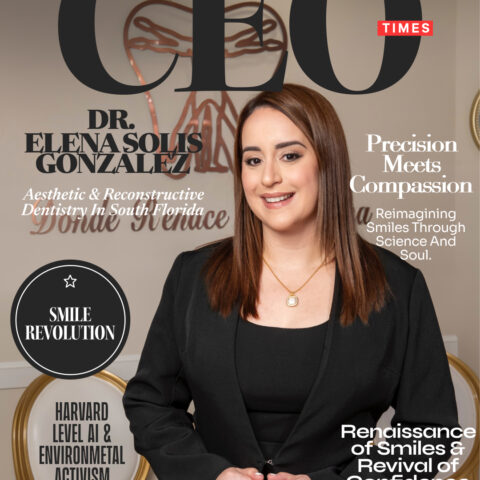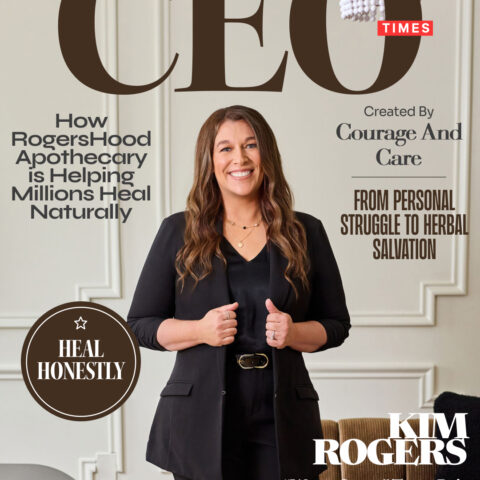From leading a worldwide movement that blends neuroscience, microbiome restoration, and compassion, to expanding access to integrative treatments for autism, depression, anxiety, and more — Miriam Gimal is redefining what’s possible in modern brain health.
With thriving Brain Treatment Centers in Panama, Portugal, Argentina, Peru, and Miami, and upcoming launches in the Dominican Republic and Mexico City (2026), Gimal’s work is transforming lives and reshaping the future of neurological care.
Redefining Autism — Restoring Hope
*For Miriam Gimal, autism is neither a mystery nor a lifelong sentence; it is a set of medical conditions with biological roots that can be identified and treated. Through her international work, Miriam has dedicated herself to giving global visibility to innovative protocols such as the one created by the renowned Dr. Dolly De León —the ABC Protocol for Autism— connecting thousands of families with medical options they never knew existed and building a bridge between science and humanity.
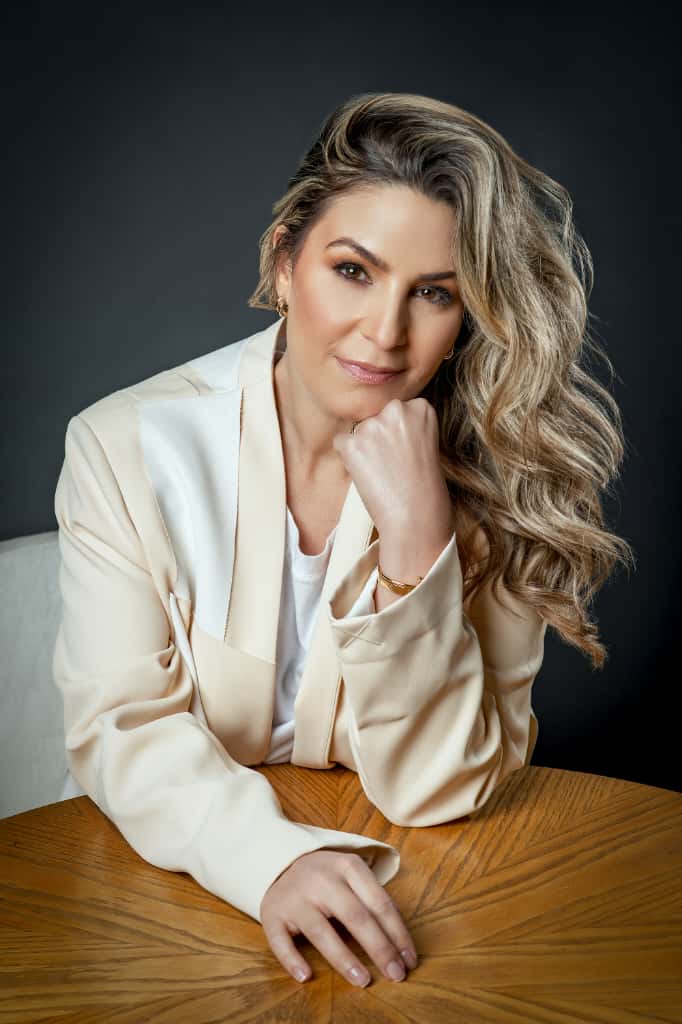
The protocol integrates microbiome restoration, MeRT therapy (Magnetic E-Resonance Therapy), and precision medicine to address both the brain and gut — empowering children and families to achieve measurable, lasting improvements.
Her mission is clear: to show the world that a diagnosis is not a prognosis, and that every child deserves the chance to heal, thrive, and reach their full potential.
A Global Movement in Integrative Brain Health
While many know Miriam Gimal for pioneering the global expansion of MERT therapy, her vision goes far beyond technology. She leads teams of doctors, scientists, and health professionals across continents to deliver integrative treatments that combine cutting-edge neuroscience with nutrition, detoxification, and microbiome repair.
Under her leadership, Brain Treatment Center has become more than a clinic — it’s a movement of hope and truth for families who refuse to accept limitations.

Beyond Medicine: The Voice of a Mission
Miriam Gimal’s influence extends far beyond the clinical world. She is an activist, a speaker, and a storyteller who uses her platforms to raise global awareness about the root causes of neurodevelopmental and mental health conditions.
Through her upcoming book and documentary, she shares the stories of families who have found healing and transformation through the ABC Protocol — reminding the world that science, when guided by empathy and truth, can restore not just health, but faith and purpose.
Looking Ahead
- In partnership with the renowned Dr. Dolly De León, Miriam Gimal is supporting the launch of new clinics in the Dominican Republic and Mexico City, jointly driving the expansion of an innovative model of integrative health. Through this strategic collaboration, Miriam continues to strengthen the mission of redefining brain health worldwide. Her vision is bold, her message is clear, and her impact is undeniable.
Autism has hope. Healing is possible. And the revolution in brain health has only just begun.
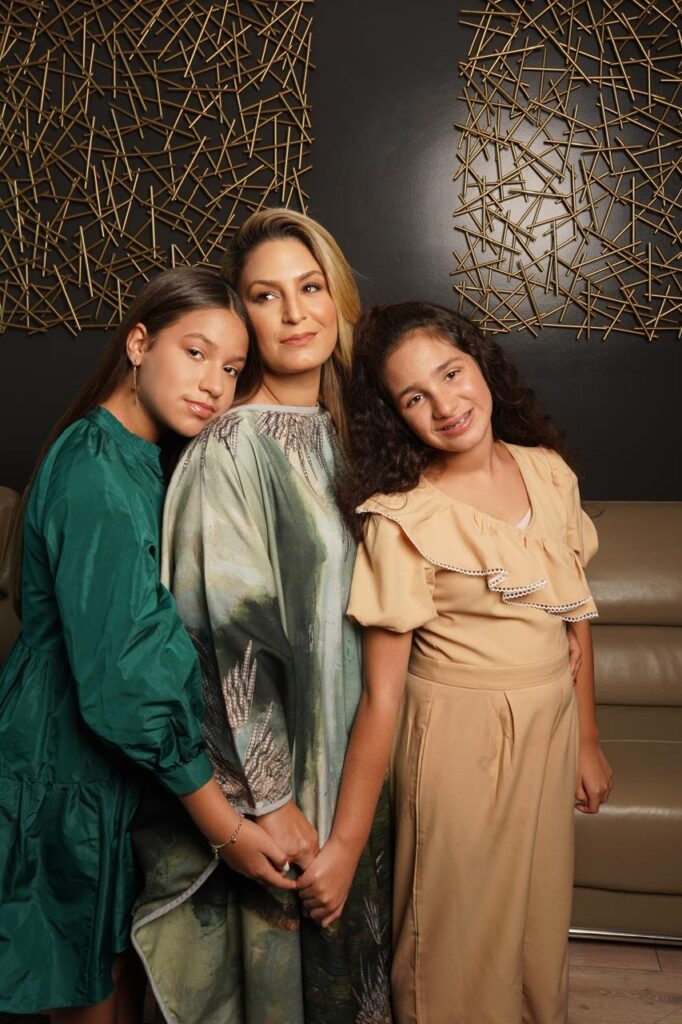
INTERVIEW
- Miriam, your name has become synonymous with innovation in brain health. Looking back, what personal or professional experiences inspired you to dedicate your life to pioneering MERT therapy and launching the Brain Treatment Center?
My journey with MERT therapy began long before I ever imagined opening clinics or advocating for this technology. It started at home, with my daughter Raquel.
Many years ago, Raquel was severely autistic and completely nonverbal. She lived in a constant state of crisis — daily aggression, no awareness of her surroundings, no response to her name, no eye contact, no ability to follow even the simplest instruction. As a mother, I was desperate. I searched everywhere for answers, but nothing seemed to help her.
Everything changed the day our doctor recommended MERT therapy.
I truly wasn’t expecting much, but after just two days of stimulation, something extraordinary happened. My daughter — who had never spoken a single word — looked at us and said: “Give me more juice.”
Hearing her little voice for the first time was indescribable. It felt like the world stopped.
And it didn’t end there. She began following instructions. She looked us in the eye. She recognized us as her parents. She interacted with her sister. Her crises stopped. She became aware, connected, and able to enjoy life in a way she never had before.
It was as if this technology had given us our daughter back.
So when the time came to return home, I had a complete emotional breakdown. I remember thinking, “How can I possibly leave this behind?” The anxiety was overwhelming — until the question shifted in my mind.
Instead of asking, “How am I going to leave?”
I asked, “Why did my daughter have such incredible results?”
And that single question changed my entire life.
I realized that my mission wasn’t just to bring MERT back to where I lived. My mission was to make it accessible, to open as many clinics as I could, in as many regions as possible, so that other families could have access to the same life-changing technology that transformed my daughter.
I knew I couldn’t keep this to myself. I had seen too much transformation, too much hope, to walk away from it.
That was the moment I understood that my life would never be the same. And that there are options for our children — options beyond antipsychotic medications and traditional therapy. Options that address the brain, the root causes, and the possibility of real progress.
That realization is what set me on this path. And it’s why I continue to pioneer MERT therapy around the world today.
- The Brain Treatment Center has already expanded from the US to Lisbon and throughout Latin America, and you have upcoming openings in the Dominican Republic and Mexico City. What challenges and opportunities come with scaling such an innovative health model across vastly different cultures and healthcare systems?
Scaling an innovative health model like ours across different countries has been both challenging and incredibly rewarding. Every region has its own culture, its own medical beliefs, and its own expectations about what autism is — and that alone creates a huge responsibility. In many places, families are still told that autism is strictly a lifelong condition with no possibility for improvement, so introducing a model based on brain modulation, microbiome restoration, and precision medicine requires education, transparency, and a lot of relationship-building.
One of the biggest challenges is navigating healthcare systems that vary enormously from country to country. Regulations, licensing, medical protocols, and even access to technology can be completely different. We have to adapt while still protecting the integrity of our clinical standards.
But the opportunities are just as big — if not bigger. Across every culture we’ve entered, families are desperate for answers, for options, for something beyond medications and generic therapies. When parents see measurable changes in their children — improvements in awareness, behavior, language, sleep — word spreads quickly. That trust opens doors.
What I’ve learned is that hope is universal. And when we combine advanced technology with a respectful approach to local culture, we create something powerful: a global community that believes autism has underlying medical roots that can be treated. Expanding into places like the Dominican Republic and Mexico City is not just about opening clinics. It’s about shifting the paradigm, empowering families, and making sure that life-changing interventions are accessible no matter where someone is born.
That’s the true opportunity — building a movement, not just a network of clinics.
- MERT therapy began as a breakthrough in autism care, but now addresses depression, anxiety, PTSD, and more. How did you identify the potential for MERT to evolve, and what have been the most surprising results you’ve witnessed in this expansion?
It’s important to clarify that MERT didn’t actually begin with autism — it started as a treatment for depression. That’s where the earliest clinical research took place and where the first strong outcomes were documented. The step into autism came later, when clinicians noticed that MERT’s ability to regulate brain networks had implications far beyond mood disorders.
When I saw what MERT did for my daughter — how it improved her language, awareness, and connection — I realized this was a technology that worked at the fundamental level of brain regulation. And if it could create that kind of change in autistic children, then its potential for helping other neurological and psychiatric conditions was enormous.
As our clinics expanded and we collaborated with psychiatrists, neurologists, trauma experts, and functional medicine doctors, we began seeing equally powerful results in people with anxiety, PTSD, and treatment-resistant depression. We had veterans finally sleeping through the night, individuals with severe anxiety finding calm for the first time, and adults with decades of depression experiencing emotional stability again.
But one of the most surprising discoveries came from something we didn’t expect at all:
MERT works significantly better in individuals who also work on their gut health.
Respecting the gut–brain connection completely changed our understanding of the technology. We started seeing that people with lower inflammation, a healthier microbiome, and better gut function responded faster, deeper, and more consistently to MERT. It became clear that MERT is a phenomenal brain tool — but its maximum potential is unlocked when the body, especially the gut, is also supported.
Because of this, we now recommend that anyone using MERT also evaluates and treats their gut and microbiome. The brain cannot fully regulate if the body is inflamed. That realization reshaped our entire model and confirmed that true healing requires an integrative, whole-person approach.
So the evolution of MERT has been both scientific and intuitive: understanding that the brain and the body are inseparable, and that when we treat them together, the results are far beyond what we imagined at the beginning.
- You’ve become a sought-after voice in media and conferences worldwide. How do you balance the clinical side of your work with the public role of advocacy, education, and awareness — and why is being visible in the media so vital to your mission?
Balancing the clinical work with public advocacy has become one of the most meaningful parts of my mission. What happens inside our clinics is extraordinary — children begin to speak, adults find emotional regulation, families regain hope. But if those transformations stay within clinical walls, then the larger narrative around autism never changes.
A huge turning point for me was realizing that autism is not just a neurological label — it’s a collection of many underlying medical issues that manifest as behaviors. When I understood this truth with my own daughter, everything changed. I was told she would never speak, never be independent, never have a real life. But my intuition told me that couldn’t be the whole story. And I was right. Raquel had multiple medical problems — inflammation, gut issues, immune challenges — all contributing to her “autism symptoms.”
Once we treated those root causes, her entire prognosis changed.
What shocks me is that 17 years later, parents are still being given the exact same outdated message:
“Your child will never be independent.”
“No, there’s nothing you can do.”
“Here are medications and therapy — that’s all.”
That is why advocacy isn’t optional for me. Once you know the truth — that these children are not broken, they are medical patients with treatable issues — you cannot stay silent. You have to share it with the world. Because that truth has the power to change a family’s entire life.
Being visible in the media is vital because it allows me to reach the parent who is losing hope, the one who has never been told to look for medical root causes, the one who believes they’ve run out of options. Visibility lets me rewrite the narrative: that a diagnosis is not a prognosis, that there are underlying issues to address, and that our children can get better when we look at the whole body — not just the behavior.
So the balance comes naturally. What I see in clinic informs what I teach publicly, and what I share publicly helps more families access the help their children desperately need. Advocacy is not a side role — it is my purpose. Because once you know this truth, you can’t keep it to yourself.
- You’re working on a book, a documentary, and other creative projects. How do these storytelling endeavors fit into your overall mission, and what impact do you hope they will have on both the medical community and the general public?
Storytelling is one of the most effective ways to shift thinking, challenge outdated beliefs, and make complex science understandable. Everything I’m creating — the book, the documentary, and my other projects — is an extension of my mission to show the world that autism has clear, measurable medical roots, and that when those roots are addressed through precision medicine, children and adults can experience meaningful, documented improvement.
In our clinics we see data-driven changes every day: EEGs that stabilize, microbiomes that rebalance, inflammation markers that normalize, and behaviors that improve in direct correlation with those medical findings. These are not anecdotes — they’re measurable outcomes. But if this information stays inside clinical settings, the larger system never evolves. The medical community continues to see autism primarily through a behavioral lens, and the public remains unaware of the biological factors driving symptoms.
That’s where storytelling becomes essential.
Creative projects allow me to take the science — the EEGs, the lab work, the microbiome data, the measurable changes in brain function — and translate it into something the world can understand. A documentary gives people both the emotional connection and the scientific proof. A book gives parents and clinicians a roadmap, supported by research and real clinical protocols, so they no longer have to guess, improvise, or feel lost.
What I hope is that these projects create a shift in two directions:
For the general public: I want families to understand that a diagnosis is not a destiny. There are medical issues underneath autism that can be identified, treated, and measured.
For the medical community: I want to open the door to new conversations about the brain–gut–immune connection, and to push for a standard of care grounded in objective data, not just symptom management.
These creative projects are not about inspiration — they’re about information. They’re about bringing precision medicine to the forefront and giving the world tools, evidence, and stories that make change unavoidable.
If even one doctor begins to look deeper, or one parent gains the clarity they’ve never been offered, then the impact will be exactly what I set out to achieve.
6. With Mexico City’s ambitious launch in 2026, your movement is poised to reach an even greater scale. When you think about your legacy, what do you hope people will remember most about your work and your impact on global brain health?
When I think about my legacy, what I want most is for the world to finally understand that autism is not a simple, catch-all explanation for everything a child is going through. Right now, every symptom an autistic child has is blamed on their diagnosis, and almost no one is asking why those symptoms exist. My mission has been to shift that narrative.
I want to be known as someone who stood up and said: autism is not one thing — it’s a label placed on children who actually have a combination of medical issues happening inside their bodies. Those medical issues are what drive the behaviors and challenges we associate with autism. And once you understand that, you stop dismissing the child and start supporting them.
Most importantly, I want autistic people to be seen as people first. Human beings with dignity, with needs, with emotions, with stories happening inside their bodies — not as a diagnosis to be dismissed. I want them to be treated responsibly, not ignored because “they’re autistic.” They deserve real medical investigations, real answers, and real care.
My hope is that families will remember me as someone who gave them clarity at a time when they were only given limits. I want parents to understand that their child’s behaviors have root causes — and that those causes can be identified and addressed. Not everything is “because of autism.” Many times, it’s because something in the child’s body needs help.
If anything, I hope people say:
“She helped the world stop blaming everything on a label and start seeing autistic people as whole human beings whose medical needs deserve to be taken seriously.”
Ultimately, I want this movement to outlive me. I want the future of autism care to be rooted in data, medical investigation, and compassion — seeing each child as a complete person, not just a diagnosis. If that shift becomes the new standard, then my legacy will be exactly what I hoped for.

